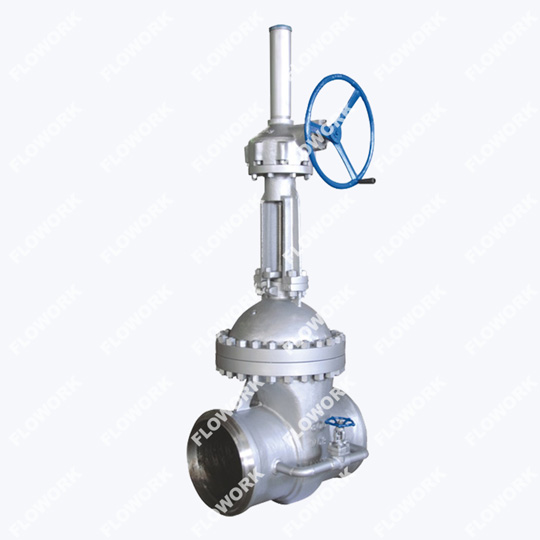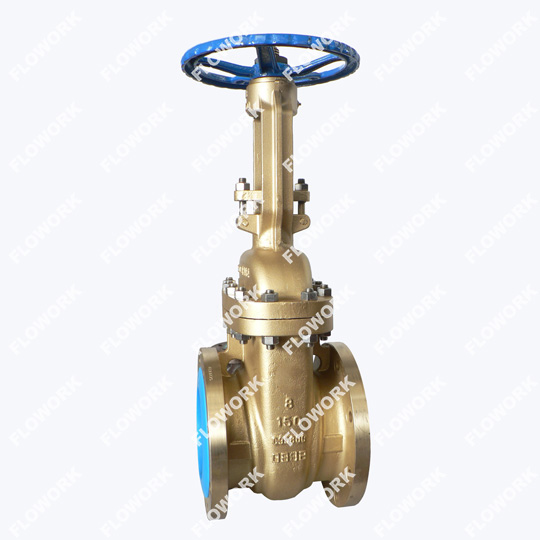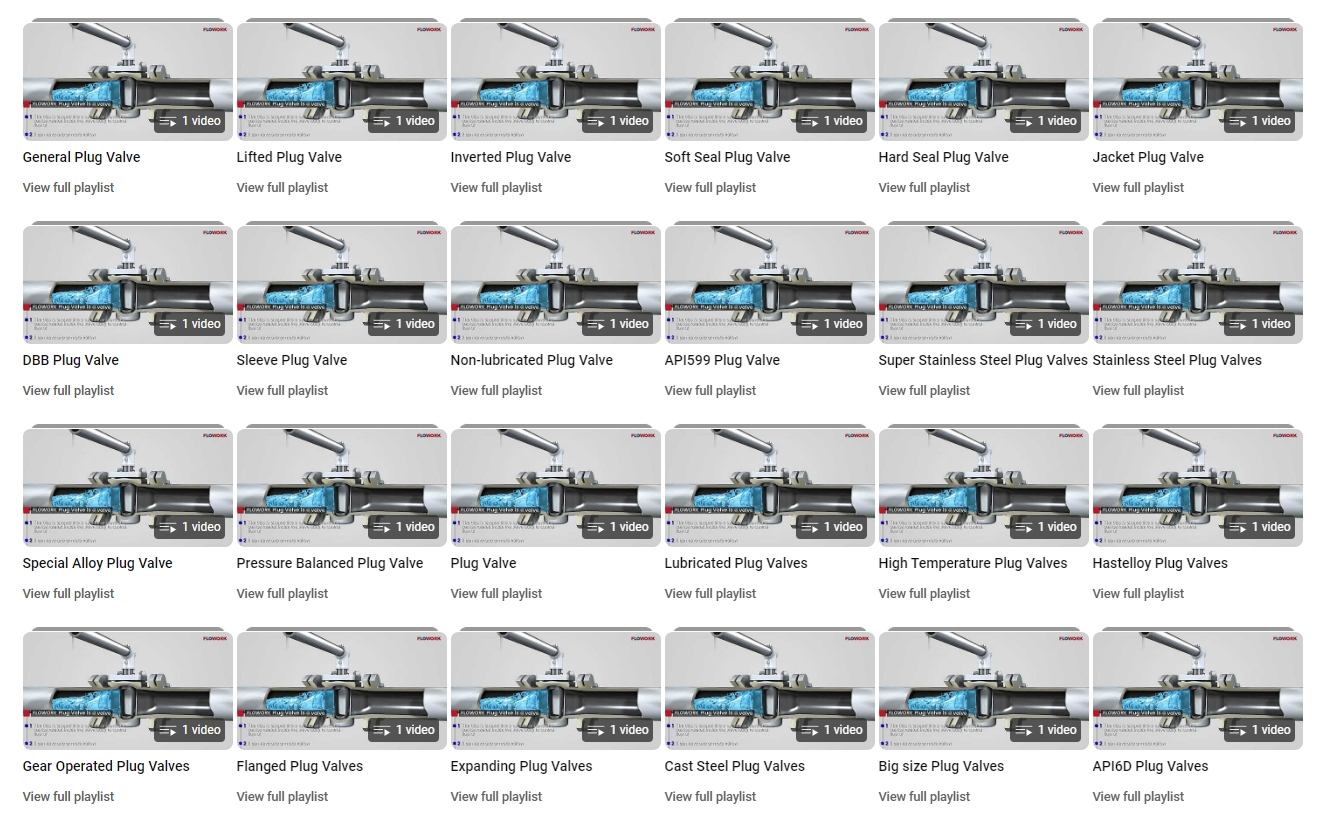What are the two types of valve stems?
Two major categories of valve stem types and their engineering applications. I would like to talk with you in depth about the two main types of valve stems - lifting stems and rotating stems, and their characteristics and advantages in engineering applications. I will analyze its design principles, operation methods, and applications in different industrial environments in detail to provide you with comprehensive, in-depth and practical information.
1. The importance of valve stem
The valve stem is an important part of the valve and is responsible for transmitting operating force to drive the valve to open and close. The type and design of the valve stem directly affects the operating performance and service life of the valve. Therefore, understanding the different types of valve stems and their characteristics is critical to valve selection, installation, and maintenance, forged steel swing check valve.

2. Principle and application of lifting rod valve
Lifting stem valves, also known as rising stem valves, have valve stems that move up and down during operation. The design of the lifting rod allows the operator to visually see the status of the valve and easily determine whether the valve is fully open or closed. In addition, lift stem valves are often equipped with a locking device to prevent unauthorized operation, full opening check valve.
In petroleum, chemical and other industries, lift rod valves are widely used because of their intuitive operating instructions and reliable locking functions. In addition, in some scenarios where frequent flow adjustment is required, such as turbine bypass systems in power stations, lift rod valves are also favored for their good adjustment performance.
3. Advantages and application scenarios of rotary rod valves
Rotating stem valves, also known as concealed stem valves, have valve stems that rotate during operation. Unlike the lifting rod, the rotation path of the rotating rod is inside the valve, so it has a cleaner appearance. In addition, rotary stem valves typically have smaller operating torques, making them easier to operate.
In water supply, drainage, heating and other systems, rotary rod valves are widely used because of their simple appearance and light operation. In addition, in some situations where compact installation is required, such as ships and mobile equipment, the advantages of rotary stem valves are more obvious. At the same time, due to its internal motion trajectory, the rotary rod valve can reduce fluid resistance and improve system efficiency under certain circumstances.

4. Comparative analysis of the advantages and disadvantages of lifting rods and rotating rods
Operation mode: The lifting rod valve indicates the opening and closing status of the valve by intuitively lifting up and down, making it easy for the operator to quickly identify. The operation of the rotary lever valve is lighter and the operating torque is smaller, but it is necessary to judge the opening and closing status of the valve by observing the valve position indicator or other auxiliary means.
Installation space: Rotary stem valves usually have small appearance size and compact internal structure, and are suitable for occasions with limited installation space. Lift stem valves, on the other hand, may require more installation space due to their intuitive operation.
Safety: Lift stem valves are usually equipped with a locking device to prevent unauthorized operation and improve system security. Rotary lever valves, while easy to operate, may require additional safety measures to prevent inadvertent operation.
Maintenance convenience: The lift rod valve has a relatively simple structure and is easy to maintain and inspect. The internal structure of the rotary stem valve may be more complex, requiring more professional knowledge and tools for maintenance, wafer type double check valve.
5. Application cases and actual effect analysis
Taking the petrochemical industry as an example, this paper introduces the practical application cases and effects of lifting rod and rotary rod valves in different process links. By comparing and analyzing the performance, operational convenience, safety and other aspects of the two types of valves in actual operation, it provides reference for similar projects.
6. The following is my summary
I have conducted an in-depth discussion and comparative analysis of the two main types of valve stems - lifting stems and rotating stems, and elaborated on the design principles, operation methods, application scenarios, etc. Understanding these differences can help you make informed decisions when selecting the right valve to meet your specific application needs. At the same time, with the advancement of technology and changing industrial needs, the types and designs of valve stems are also constantly innovated and optimized. In the future, more efficient, energy-saving, and environmentally friendly valve stem types will emerge, bringing more choices and possibilities to industrial development, ball valve supplier.








